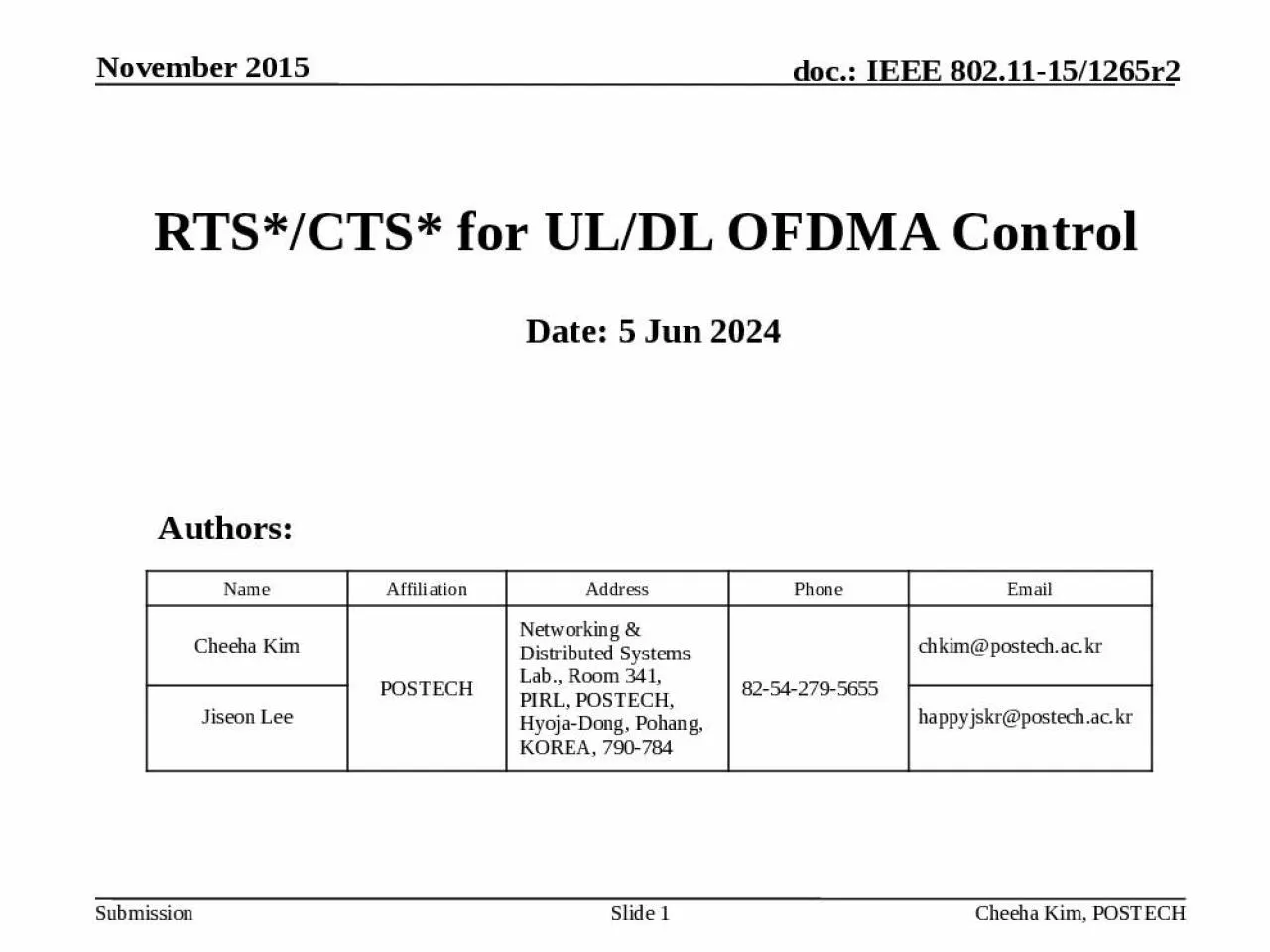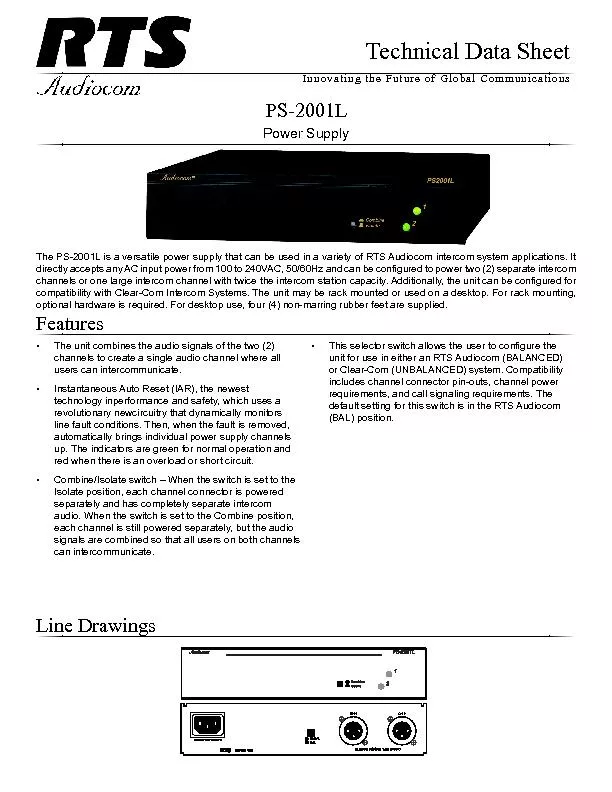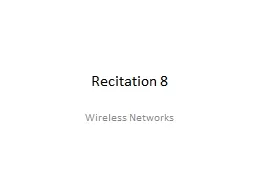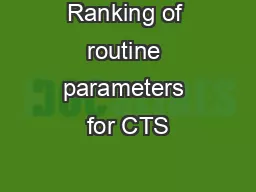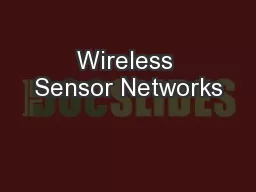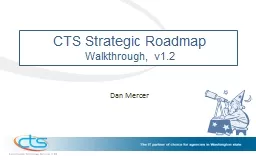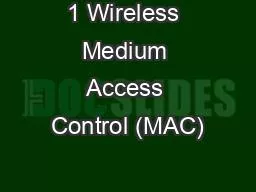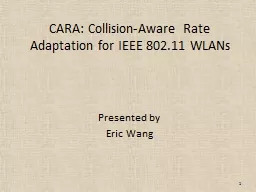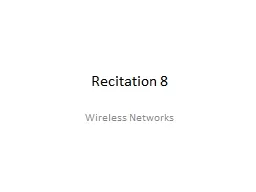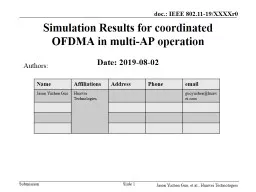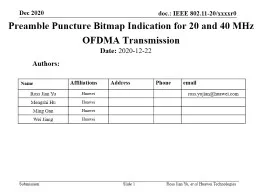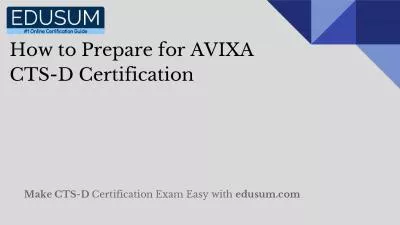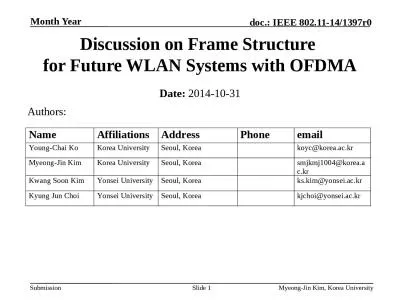PPT-November 2015 Slide 1 RTS*/CTS* for UL/DL OFDMA Control
Author : riley | Published Date : 2022-05-18
Date 7Nov15 Authors Name Affiliation Address Phone Email Cheeha Kim POSTECH Networking amp Distributed Systems Lab Room 341 PIRL POSTECH Hyoja Dong Pohang KOREA
Presentation Embed Code
Download Presentation
Download Presentation The PPT/PDF document "November 2015 Slide 1 RTS*/CTS* for UL/..." is the property of its rightful owner. Permission is granted to download and print the materials on this website for personal, non-commercial use only, and to display it on your personal computer provided you do not modify the materials and that you retain all copyright notices contained in the materials. By downloading content from our website, you accept the terms of this agreement.
November 2015 Slide 1 RTS*/CTS* for UL/DL OFDMA Control: Transcript
Download Rules Of Document
"November 2015 Slide 1 RTS*/CTS* for UL/DL OFDMA Control"The content belongs to its owner. You may download and print it for personal use, without modification, and keep all copyright notices. By downloading, you agree to these terms.
Related Documents

